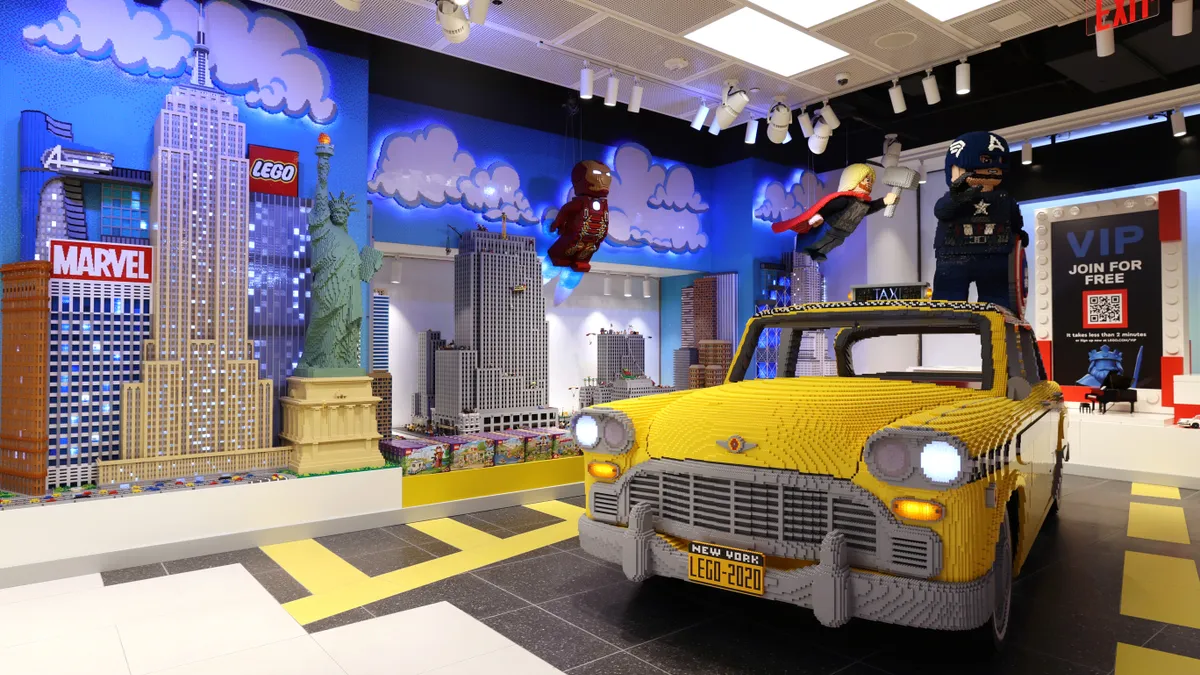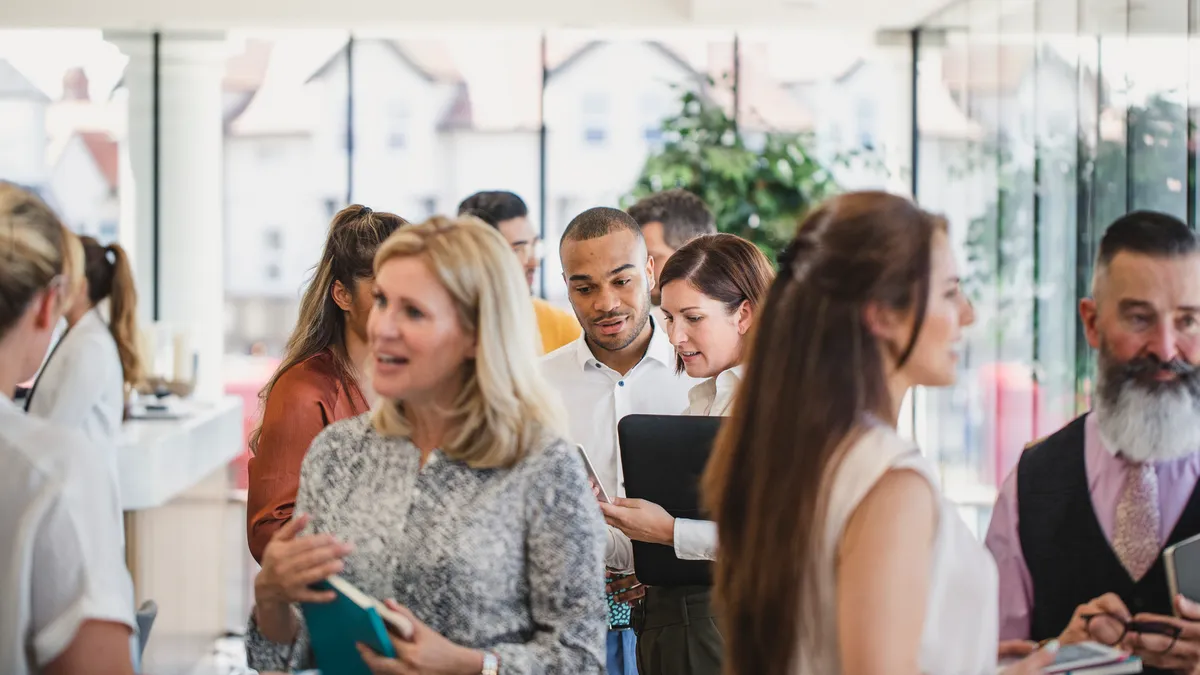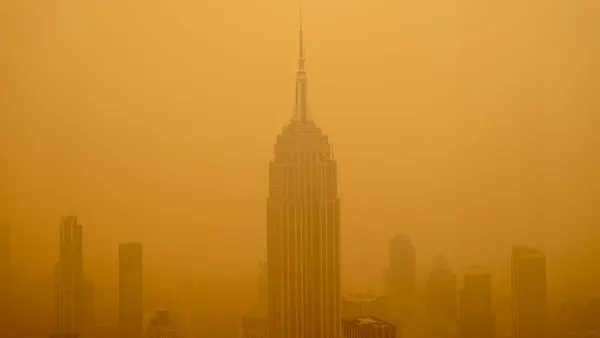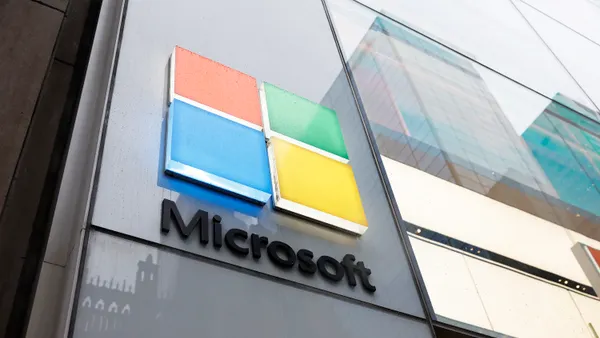Dive Brief:
- The Lego Group plans to accelerate its sustainability goals by committing to achieve net-zero greenhouse emissions by 2050, according to a company press release Wednesday.
- The Denmark-based retailer behind the popular children’s plastic bricks also said it would triple its sustainability investment to $1.4 billion over the next three years.
- Rivals Hasbro and Mattel have made similar pledges. In 2022, Hasbro announced goals to reduce greenhouse gasses by 40% by 2030 and to achieve net-zero emissions by 2050, while Mattel committed to reduce plastic packaging by 25% per product by 2030.
Dive Insight:
Lego’s new emissions target supplements the company’s “Green Consumption Pledge,” which it introduced in 2021 in line with the Paris Agreement’s goal of limiting global warming temperature increases to 1.5 degrees Celsius. The toy manufacturer also committed then to reducing its absolute carbon emissions by 37% by 2032, compared to a 2019 baseline, which the company said in an email to ESG Dive that it was currently on track to meet.
To meet its latest goals, Lego has submitted its plans to the Science Based Target Initiative, a leading regulator of corporate climate initiatives, for review and seeks to develop an attainable net-zero target over the next two years with help from the United Nations-backed entity, which will aid the company in designing a climate transition plan.
“This new, long-term goal will ensure that the decisions we make today will reduce our carbon footprint over the coming decades,” Lego Group CEO Niels Christiansen said in the press release.
As part of its $1.4 billion investment, Lego said it would design factories and buildings to be run in a carbon neutral way, increase the production and acquisition of renewable energy at its plants, offices and stores, and take carbon dioxide emissions into account across all corporate decisions, be it new investments or employee air travel and collaborate with its suppliers to collectively decrease their environmental impact.
"We’re making the production of our bricks more carbon efficient by purchasing energy-efficient molding machines and building solar parks to produce renewable energy. We’re also building two new carbon-neutral run factories in the USA and Vietnam to manufacture our products closer to our markets, reducing the distance goods need to travel," the company said in an email.
However, achieving such sustainability benchmarks comes with challenges. Hasbro announced in 2019 that it would phase out plastic from new product packaging the following year, in an effort to completely eliminate all plastic in packaging for new products by the end of 2022. But earlier this year, in response to criticism that the new plastic-free packaging didn’t allow potential buyers to glimpse inside the toy box, Hasbro said it would reintroduce plastic windows and blisters to its packaging for its 6-inch fan figures. Though the company reverted its initially proposed plastic-free policy, it committed to making the new plastic windows from bio-PET or recycled PET.
Lego has had several of its own sustainability initiatives over the last few years. It unveiled a prototype brick made from recycled PET plastic that came from discarded bottles in 2021. The company also recently introduced paper bags as part of its product packaging, which are now the standard shopping bags being used by consumers to carry their in-store purchases.
“We’re committed to our own sustainability goals and doing what’s right for our business and our consumers,” Lego said in an email. “It's one of our biggest investments and priorities, and we’re focusing on taking action to reduce emissions and lower our environmental impact within our business and our supply chain.”













